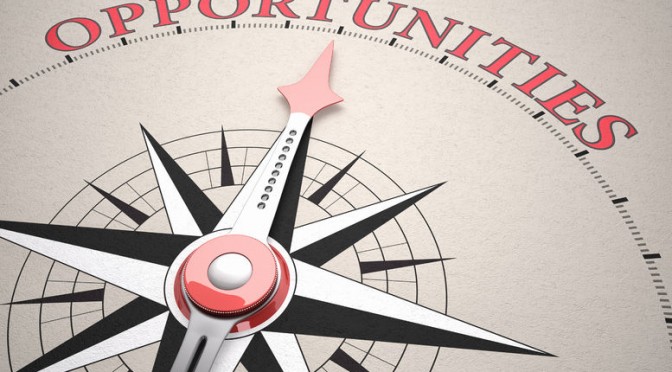Virtually every professional search involving business will eventually lead to LinkedIn. LinkedIn is the premier B2B network, and probably the most effective way to market to other businesses and business people. LinkedIn has 332 million members globally with 107 million of those members in the United States. LinkedIn members are all about business. This is not a cat videos and cake pictures kind of network.
Advertising on LinkedIn reaches “the most affluent, influential and educated audience on social media”. But LinkedIn ads are not for every situation; they can be tricky for some businesses and valuable to others.
Overlooking LinkedIn
If you have never advertised on LinkedIn, you’re not alone. LinkedIn ads are often overlooked as a valuable ad spend. It might be attributed to the impressions that LinkedIn is not a ‘social’ social network, it’s primarily focused on B2B and it’s got a smaller audience than Facebook. Also, LinkedIn advertising is a very different model compared to other social networks.
LinkedIn offers a number of interesting advantages for people and businesses when the alignment of what LinkedIn represents matches what the advertiser needs. Its targeting features are fantastic for reaching business customers, ads can be pinpointed to qualified traffic, and when you align your offer with the right audience LinkedIn can be the best value for your time and money.
Get Going
To get started, you need a LinkedIn account. Assuming you are reading this, you already have that. But if you want to advertise for a business, you may want to establish a LinkedIn free business account so you can share your data. Here are some FAQs about business accounts for ads.
What Kind of Ad?
LinkedIn offers text ads and sponsored content. You’ll want to test both to see which works better. The good thing is, the cost is about the same.
Text Ads have an image and are shown on the right side of internal pages. They have a headline and a description and they are shown to desktop users only.
Sponsored Updates are shown in the newsfeed directly. They have an intro line, title line, and a description section. These ads display on all devices.
Build your campaign
Name your campaign so you can identify it against other ads you will create. The key is to run concurrent ads to guage the success each one brings. You can set up 15 ads per campaign, so naming your ad something like, “Spring Home Improvement offer men 18-30,” is much better than, “Spring Ad 1″.
Find Your Audience
If you are considering advertising, you already have a basic understanding of who your audience is. LinkedIn allows you to target your audience with distinct targeting options. As you select the criteria, LinkedIn will show you the audience size you’ll reach. The more specific you get, the fewer people will see your ads, and that’s a good thing. These options include
- Location
- Company – company name, industry, company size
- Job Title – specific job title and function
- Schools
- Degree
- Field of Study
- Skills (e.g., HTML or Project Management)
- LinkedIn Groups – up to 100 active groups
- Gender
- Age
Name your budget
This part can be confusing for some people just starting out with a campaign. LinkedIn gives you a choice of paying for the number of clicks your ad receives or by impressions. The first option is cost-per-click or CPC. The second is how many times your ad is shown, whether action is taken or not.
You might want to try click-through pricing when you start. It allows you to test the effectiveness of ads. When you find the combination of location/image/ad copy that produces good results, you can switch to impression based payments. The difference in pricing is that you pay a fixed amount for impressions, and you bid a price for click throughs. With impression-based pricing, you pay a fixed amount for every 1,000 displays.
LinkedIn’s Social Navigator
LinkedIn Social Navigator might be another option when thinking about engaging on the network. LinkedIn Social Navigator, according to Mike Derezin, VP Sales Solutions, makes it easy for sales professionals to stay updated about key accounts, focus on the right people, and build trusted relationships. It aligns itself with the key concepts of social selling: establishing a presence on social networks, finding the right people, engaging, and building trust.
LinkedIn’s Sales Navigator is a premium service that costs around $80-$90 per month. What Navigator does for you is focuses your efforts to find the right person. When you are researching a person or a potential, you can filter the list of contacts (or contact’s contacts) using keywords like occupation, company and more. By focusing your search to the key people, you filter out the non-key people. That can be a valuable use of money to save time, indeed.
If LinkedIn talks to your target audience, there are few networks that can match the focus and opportunity of a successful LinkedIn campaign.


